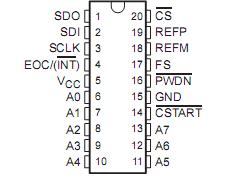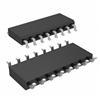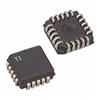TLC1514: Features: Maximum Throughput 400 KSPSBuilt-In Reference and 8 FIFODifferential/Integral Nonlinearity Error: ±0.5 LSB MaxSignal-to-Noise and Distortion Ratio:59 dB, fi = 12 kHzSpurious Free Dynamic R...
floor Price/Ceiling Price
- Part Number:
- TLC1514
- Supply Ability:
- 5000
Price Break
- Qty
- 1~5000
- Unit Price
- Negotiable
- Processing time
- 15 Days
SeekIC Buyer Protection PLUS - newly updated for 2013!
- Escrow Protection.
- Guaranteed refunds.
- Secure payments.
- Learn more >>
Month Sales
268 Transactions
Payment Methods
All payment methods are secure and covered by SeekIC Buyer Protection PLUS.

 TLC1514 Data Sheet
TLC1514 Data Sheet








